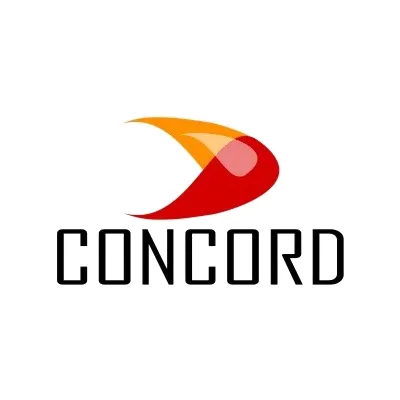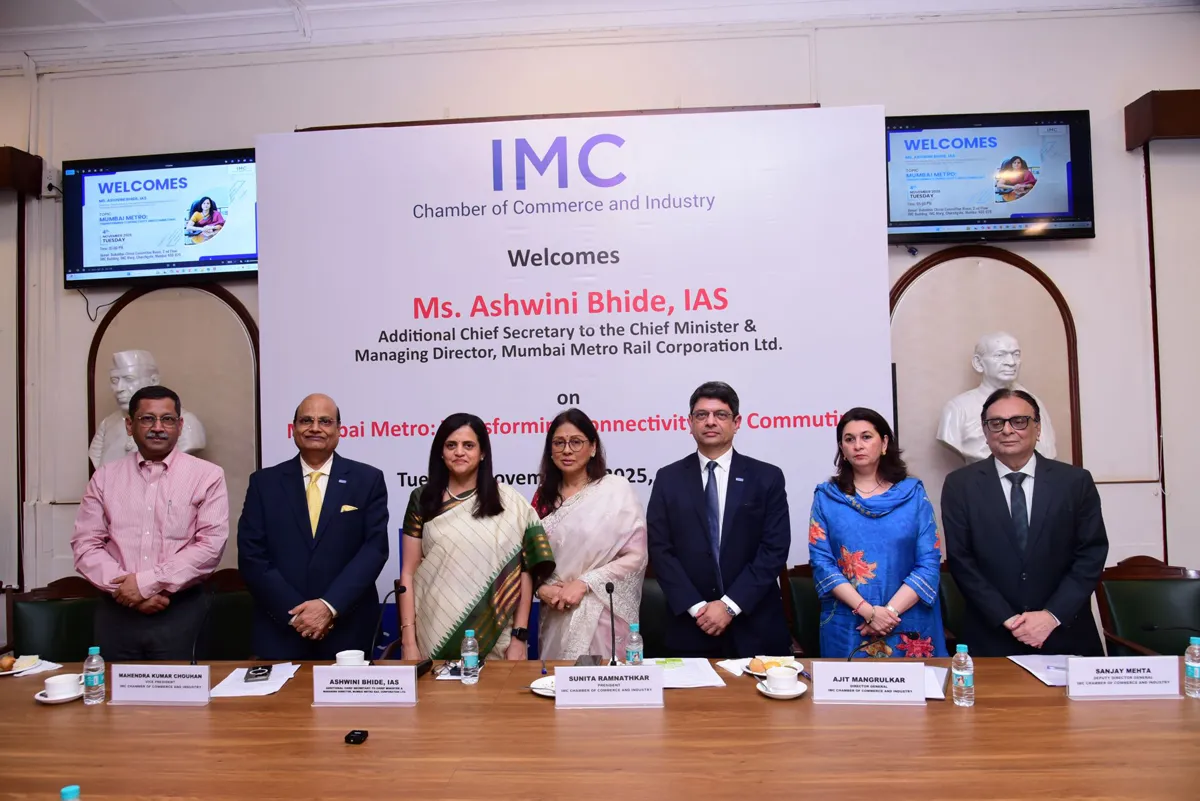For
Mads Nipper, CEO & Global President, the uniqueness of Grundfos lies in its 75- year history. Over the years, the company has been primarily driven by social responsibility, technical innovation and by being solution-oriented. In his view, the world’s potentially two biggest risks are climate change and water challenges and he sees a crucial role for the company in addressing them as 10 per cent of the world’s electricity consumption is by pumps, which “can be reduced to half with by using energy efficient pumps”. In fact, he believes Grundfos can become a catalyst for other companies to start structurally addressing these risks. He shares more with
SHRIYAL SETHUMADHAVAN in an exclusive conversation at the company’s headquarters in Denmark.
What recent changes have been implemented within the company and what do you foresee for the future?
Specific to the past two years, we have focused on driving growth, taking market share and creating exciting innovations. Some have already been introduced and some will be in the market in the next two years. We have also started business in areas that involve working with NGOs to bring clean drinking water to people without access to it. For a financial turnaround, bringing in innovation and making our market impact stronger, we have built a service business. The future will be about strengthening our core business of pumps and building much more above it. Digitalisation as a journey also plays a huge role—not instead of pumps but on them.
Tell us about your focus on conserving water and energy.
Grundfos does fairly well in this area. Our circulators that have been installed over the past 10 years have saved more energy than what 3 million Europeans consume in total. Our focus is constant on the energy-efficiency agenda: for water, our ambition is to treat water, reuse it and sell solutions that will penetrate deeper into the water efficiency and water access business. This will be one of the key changes in the coming five years.
The challenges of climate change and scarcity of water world over are huge. How is Grundfos as a company solving them?
When the World Economic Forum launched the Global Risk Report earlier this year, six of 10 greatest risks faced by humanity in its view were directly or indirectly related to climate change or water. Grundfos is passionate about leaving a liveable world for the generations to come. For the next 10-12 years, energy-efficiency will be incredibly important to combat climate change. Hence, through the best technology, we are also taking in digital solutions to not just optimise our pumps but optimise the systems in which they fit. Our game is more about bringing in solutions and technologies and finding new business models that can make water much more accessible. Inventing business models and working with partners, whether it is governmental partners or NGOs, are some things we can do on top of technology.
What is the current India opportunity for you?
There is no doubt India presents a huge opportunity. It is a country that has fantastic innovation power, in mechanical as well as electronic and digital. The water supply market is huge, for instance, with decentralised pumps, and the Government’s focus on sustainable solutions is big for us. The potential in the commercial building space is another area where we have even greater opportunities. One of our biggest commercial opportunities that is relevant globally and to India in the coming five to 10 years is cooling of data centres, which are among the world’s biggest energy consumers.
What is Grundfos doing to deal with the challenge of climate change and water in India?
India is on the rise in terms of prosperity as well as industrialisation. But with wealth comes high energy consumption. So, one opportunity in India, like in many other booming and growing economies, is to ensure that the wealth and welfare of the people does not come at the expense of the environment and the climate. So how can we offer comfort, be it cooling, heating or water supply, in a more sustainable way? At present, we are trying to create an innovation that is more affordable for the Indian market because we do have a lot of groundwater solutions. But for many communities in India, our products are not really affordable compared to local alternatives. This is one area of focus for us: to offer solutions that are more affordable in India.
Where does India rank in your overall business?
India is a market that has relatively consistently enjoyed double-digit growth. It is among the top 10 markets for Grundfos. And it is growing a lot faster than the average of the other top 10 markets.



















